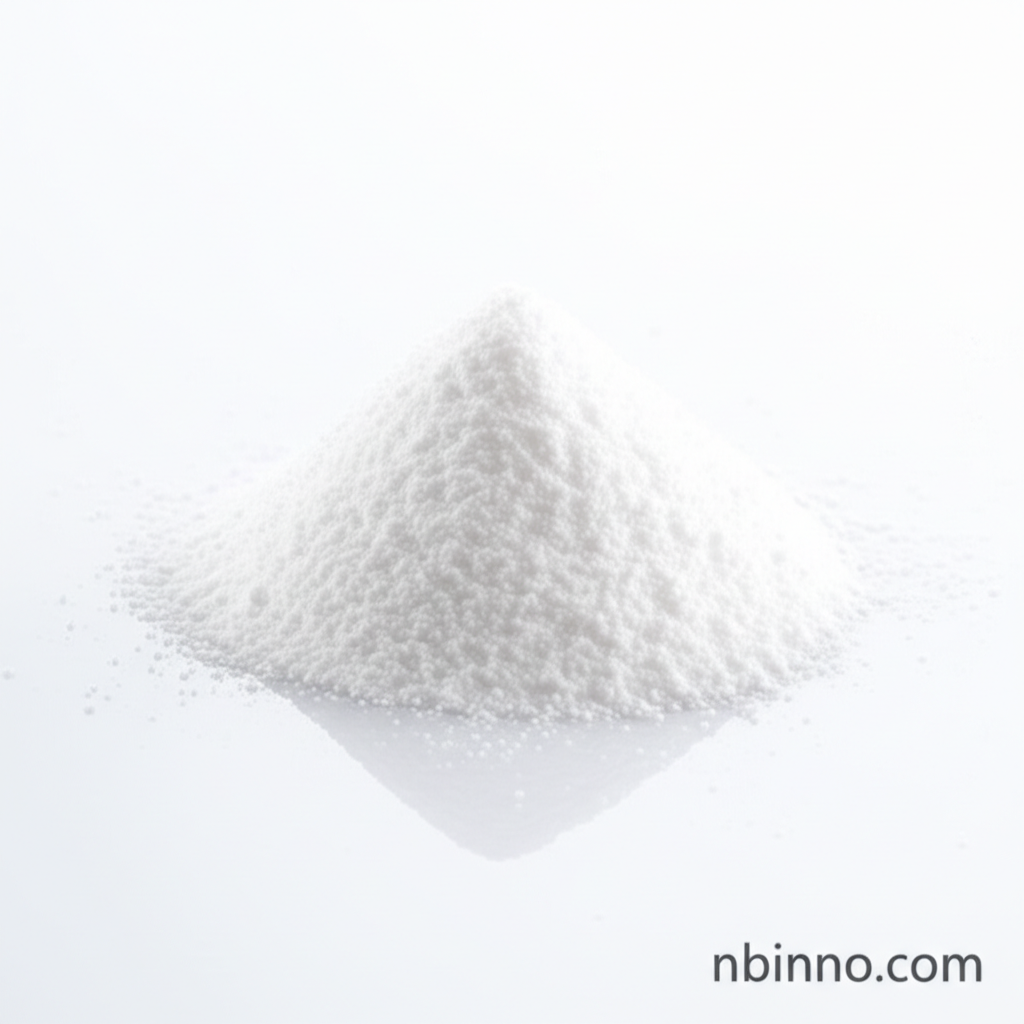1-Naphthalenemethyl Isothiocyanate: Properties, Applications, and Synthesis
Explore the key attributes and uses of this vital chemical intermediate.
Get a Quote & SampleProduct Core Value

1-Naphthalenemethyl Isothiocyanate
1-Naphthalenemethyl Isothiocyanate is a vital chemical intermediate renowned for its utility in organic synthesis. Its unique structure and reactive functional groups make it an indispensable building block for a wide array of complex organic molecules. Understanding its properties and applications is key for chemists and researchers in various fields.
- As a key chemical intermediate, it plays a crucial role in advanced organic synthesis, enabling the creation of novel compounds.
- The isothiocyanate group (-N=C=S) offers significant reactivity towards nucleophiles, making it ideal for various chemical transformations.
- It can be synthesized through established methods like the thiophosgene reaction, ensuring accessibility for research and industrial needs.
- The compound's application extends to serving as a building block for various organic molecules, highlighting its versatility in chemical synthesis.
Advantages of Using 1-Naphthalenemethyl Isothiocyanate
Versatile Chemical Intermediate
Leverage its role as a building block in organic synthesis to create diverse chemical structures.
Reactive Functional Group
The isothiocyanate group's reactivity allows for efficient participation in various chemical reactions, aiding NCS group chemistry.
Established Synthesis Pathways
Benefit from reliable isothiocyanate reactivity and well-documented 1-Naphthalenemethyl Isothiocyanate synthesis methods.
Key Applications
Chemical Synthesis
Serves as a fundamental building block in the creation of numerous organic compounds, crucial for organic synthesis applications.
Research and Development
Utilized in laboratory settings for exploring new chemical reactions and developing novel materials, supporting specialty chemicals for research and development.
Intermediate for Complex Molecules
Key in the production of more intricate molecules, showcasing its role in fine chemical synthesis techniques.
Understanding Reactivity
Its well-defined properties aid in studying the behavior and applications of applications of reactive functional groups.
